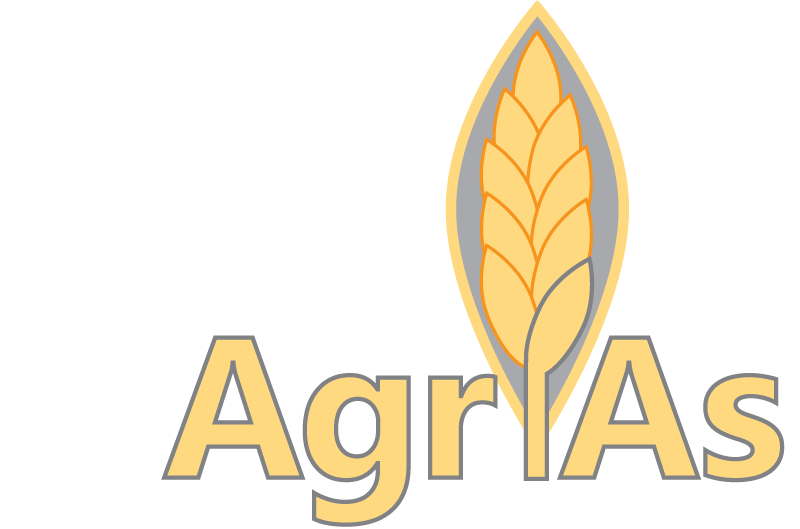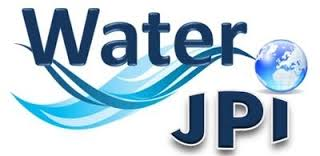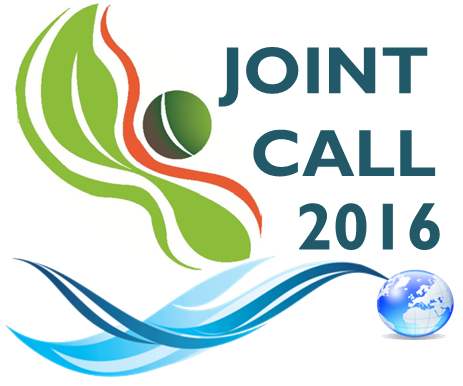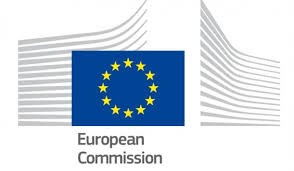WP1. Arsenic concentrations in water, soil, crops
(Leader: GTK, Partners: GEOS, KEMAKTA, UOULU)
Objective
The objective of WP1 is to conduct an extensive literature review and analysis of existing data on the concentration of arsenic (As) in agricultural soils, water and crops. This would include a synthesis of the nature and extent of As contamination in different land and aquatic environments, with naturally elevated level of As from geogenic sources and/or contaminated due to anthropogenic activities, focusing on As mobility and bioavailability.
Approach
Task 1.1 Assessment on data availability on As concentrations in water, soil and crops in Europe (GTK).
Task summarizes the European-wide databases and publications on As concentrations in soil and water. This will be followed by literature review and questionnaire on national level data sources of As concentrations in agricultural soil and water. General finding of As concentrations in crops will be summarized from literature. After assessment of data availability, list of major data gaps will be reported.
Task 1.2. Assessment of As contamination in European agricultural soils (GTK).
Areas with elevated As concentration in agricultural soil or surface water will be listed based on available European data. Potential sources of As will be discussed.
Task 1.3 Evaluation of test methods for ecotoxicological tests, purification methods, risk assessment methods (GTK, GEOS, KEMAKTA).
Task is background to work of WP3, WP4 and WP5. It will provide introductory material for general audience that can be applied e.g. in the case study meetings with stake holders (input to WP6). GEOS collects the scientific knowledge and the practical experience in remediation technologies of soils, which use adsorption processes to decrease As in the pathway soil – water and soil – plant.
Task 1.4 Market study of low-cost arsenic removal techniques (UOULU).
This task gives an overview of the global markets of different removal technologies adapted for variable raw water quality. It provides information of the technology e.g. capacity, production and cost. Information about the product usage and consumers will be gathered and compared.
Outputs
- Report on As concentrations in agricultural soils and waters in European level, list of data gaps;
- Report on As contamination in European agricultural soils, water & crop;
- Introductory material on ecotoxicological tests, purification methods and risk assessment for stakeholder meetings;
- Market study of low-cost As removal techniques







